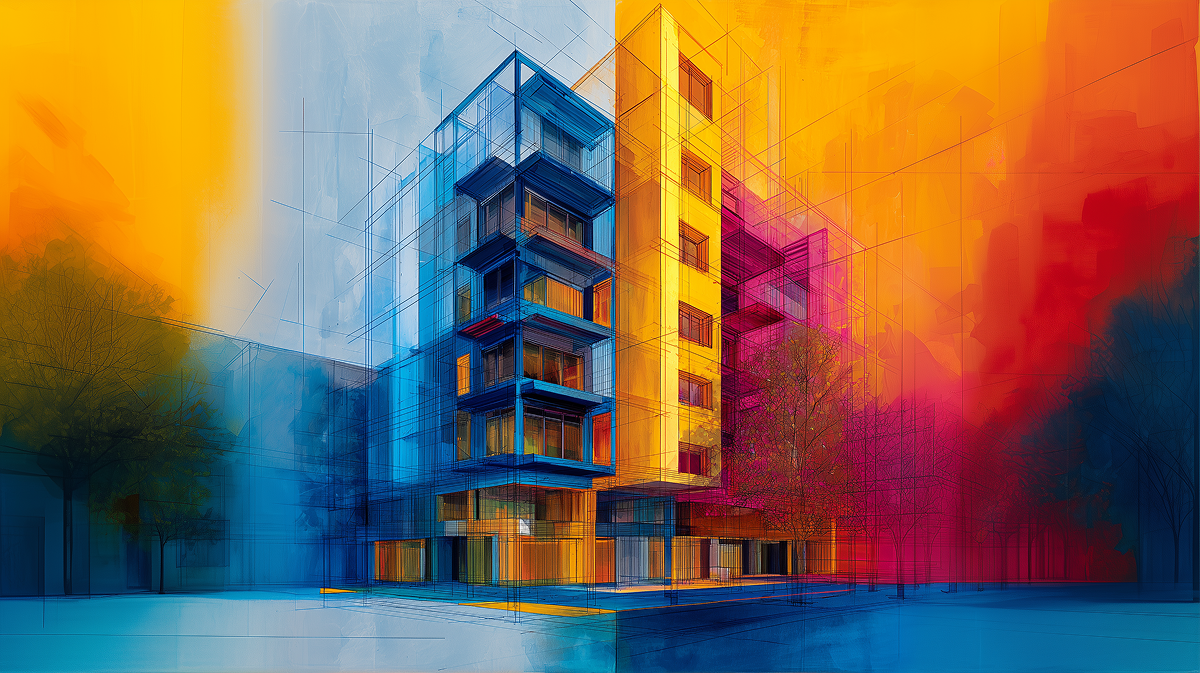Rethinking BIM Timing: The Value of Design Reconciliation

What Is Design Reconciliation?
Design Reconciliation is a proactive design-phase QA/QC process. It borrows from the same tools and methods used in BIM coordination but focuses on validating the engineer’s intent—before shop drawings are even considered.
Unlike traditional BIM workflows, which often revolve around preparing detailed coordination models late in the design process, Design Reconciliation shifts attention upstream. It introduces a review loop earlier—during schematic and design development phases—when design intent is still fluid and adaptable. This empowers project teams to identify and address integration issues before they solidify into costly problems.
Rather than waiting for constructability problems to appear during coordination or construction, this process enables teams to assess how well conceptual MEP designs integrate with architectural and structural systems during design development. It’s not about catching clashes—it's about catching misalignments in design logic, scope, and spatial assumptions before they become contractual realities.
Why Timing Matters
Too often, coordination begins after design is already locked—and that’s too late. Design Reconciliation allows:
- MEP designs to be stress-tested early
- Critical spatial conflicts to be resolved while changes are still cheap
- Architects and engineers to minimize construction administration (CA) revisions
Design timelines are tight, and by the time the coordination phase begins, many disciplines have already reached deadlines that are hard to walk back. This makes even small changes expensive—sometimes requiring redesign, permit revisions, or lost time in procurement. By moving BIM expertise upstream, Design Reconciliation provides an opportunity to detect issues in a design environment rather than in a build environment.
MEP systems are especially susceptible to these timing issues, since they often have the least spatial flexibility. Early Reconciliation helps right-size these systems, validate clearances, and ensure that real-world routing concerns don’t emerge as surprises later on. This foresight reduces RFIs, submittal revisions, and field change orders.
What you catch at 50% DD costs a fraction of what it will cost in the field.
Common Gaps Reconciliation Can Catch
Even the most competent MEP consultants leave blind spots in their models:
- Electrical conduit layouts omitted for simplicity
- Sloped waste piping overlooked due to time constraints
- Duct sizes modeled without insulation or flange clearances
- Fire protection system routing skipped entirely
Most MEP consultants operate under tight timelines and limited budgets. Their design models are not intended to be build-ready—they're schematic representations optimized for performance calculations and layout concepts. Because of this, critical constructability elements like sloped drainage, access panel clearances, or system layering often fall outside their scope.
This is where Design Reconciliation becomes a safeguard. It doesn't replace the role of the engineer—it complements it. By introducing a constructability review with fabrication and installation requirements in mind, it closes the gap between design intent and practical delivery.
Benefits for Every Stakeholder
| Stakeholder | Benefit |
|---|---|
| Architect | Reduced CA time, fewer redesigns |
| Engineer | Better-informed designs, fewer RFIs |
| Construction Manager | More accurate budgets, fewer change orders |
| Owner | Faster project delivery, more predictable outcomes |
Design Reconciliation aligns incentives across the project team. Architects can design with greater freedom knowing there’s an added layer of technical validation. Engineers benefit from feedback that improves their system layout and documentation. CMs gain a clearer picture of what will work in the field, resulting in more accurate bidding and less rework.
For owners, this means fewer surprises, tighter construction timelines, and greater confidence in the overall execution of the project.
Strategic Value for Construction Managers
Construction managers who embed Design Reconciliation into preconstruction are doing more than protecting the build—they’re stewarding the design. This aligns with your advisory role early in the process and lets you:
- Offer true value engineering grounded in model intelligence
- Reduce the volume and severity of issues found during BIM coordination
- Build stronger trust across the design and build teams
Incorporating this process helps CMs assert their role not only as executors but as trusted collaborators. Instead of reacting to conflicts in the field, they’re helping shape a coordinated, constructible project before ground is even broken. This proactive approach also creates a more accurate foundation for estimating, scheduling, and sequencing.
In essence, it’s a shift from “solving problems” to “preventing problems”—a mindset that defines the most efficient and respected builders in the industry.
Final Thought
You can recover cost—but you can’t recover time. Design Reconciliation is a forward-looking practice that helps teams avoid major headaches, deliver smarter drawings, and build better together. It turns BIM into a planning tool—not just a coordination tool—and enables every stakeholder to move forward with clarity, accuracy, and shared confidence.
Want to incorporate Design Reconciliation into your next project?
Contact us to talk about how FAI integrates early-phase BIM strategy to drive value across the entire project lifecycle.